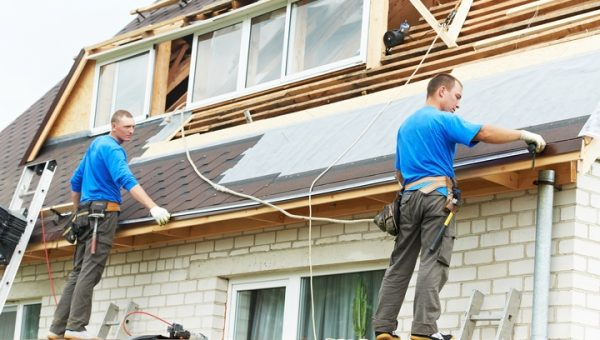Your tire wears from the moment you take your vehicle to the road. Like the oil, gas, and brake pedals, the tires have a limited lifespan. Without proper inspection, it’s easy to miss the signs that you need new tires, especially if you use your car for regular commute.
Many factors decide how soon you need to change your tires. Weathering is one of the most common factors. For instance, winter tires require frequent change because of the pressure and wear from snowy roads. Replacing your tires frequently enables you to navigate the road smoothly. Beyond the driving experience, worn-out tires can cause brake problems which can cause accidents.
To prevent this from happening, here’s how to know if you need new tires:
1. Shallow Treads
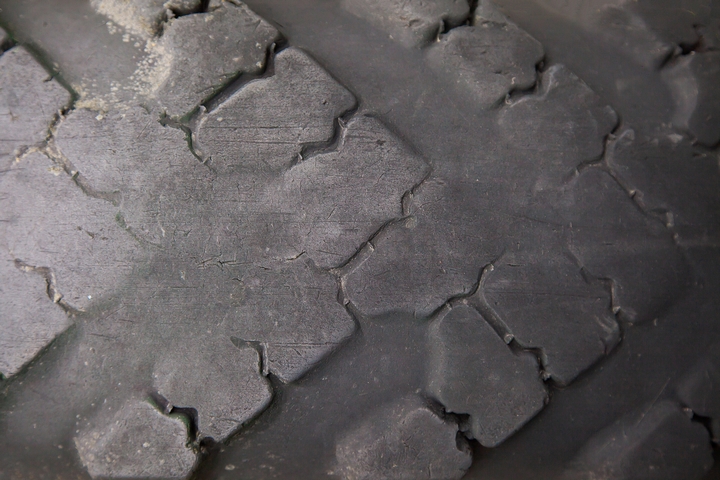
Inspecting for shallow treads on your tire is one of the best ways on how to know if you need to buy new tires online. The tread on tires allows them to grip the road firmly and gain traction while in motion. Worn-out treads weaken the grip strength, especially during weather like rain, snow, and ice. This can cause collisions in the worst case scenario.
Thankfully, there are simple ways of measuring your tread depth at home using simple tools. The most common one is the coin tip. Insert a coin into the center of the tire with the icon pointing into the tread. If the head on the icon aligns with the tread, you’re in the clear. Even if you still have adequate tread on your tires, ensure to change them after six years at most.
2. Sidewall Cracks And Cuts
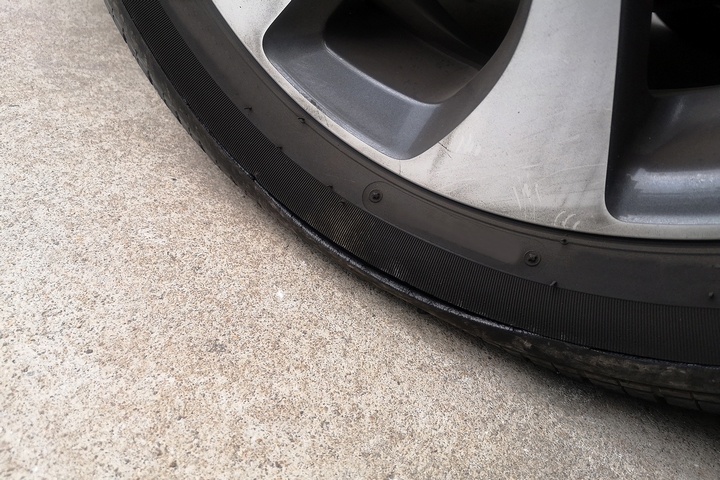
The rubber in the tires degrades after a while because of wear and tear. The sidewalls suffer the most damage, especially from weathering. Beyond wear and tear, rubber also breaks down under different circumstances. This means not driving your car frequently won’t prevent cracking especially if the tires are old. Conditions like heat and road surfactants also cause cuts in the sidewalls.
These cuts and cracks eat into the tire and cause dangerous blowouts, which can cause fatal car accidents. Even if the tires have adequate tread depth, change them as soon as you spot cracks and cuts in the sidewalls.
3. Nails and Stones
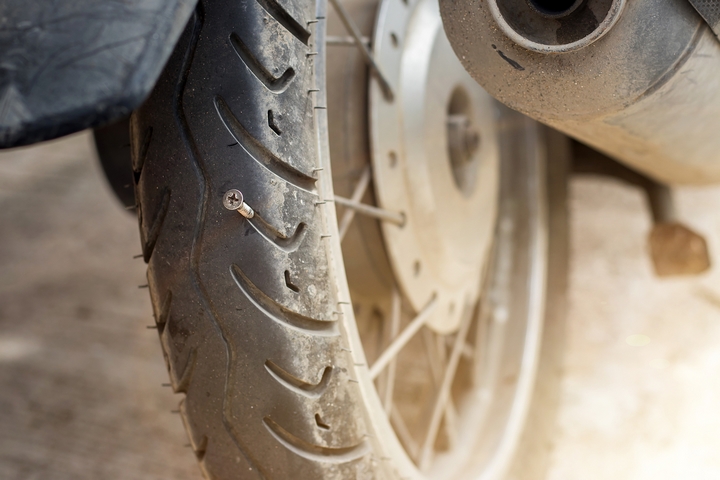
Random items like nails and stones on the road can damage your tires. Finding these items lodged within the tread means it’s time to replace your tires. Items like these drill holes in the tire, leaking the air pressure within. Driving with leaking tires can cause problems like rim damage and collisions.
Moisture can also leak into the holes causing the wheels to rust, which can cost a lot of money to repair. If unaddressed, lodged items weaken the tire, resulting in dangerous blowouts in extreme cases. While fixing the holes can buy you time, it’s better to replace them completely to prevent further damage.
4. Consult the Tire Pressure Monitor System
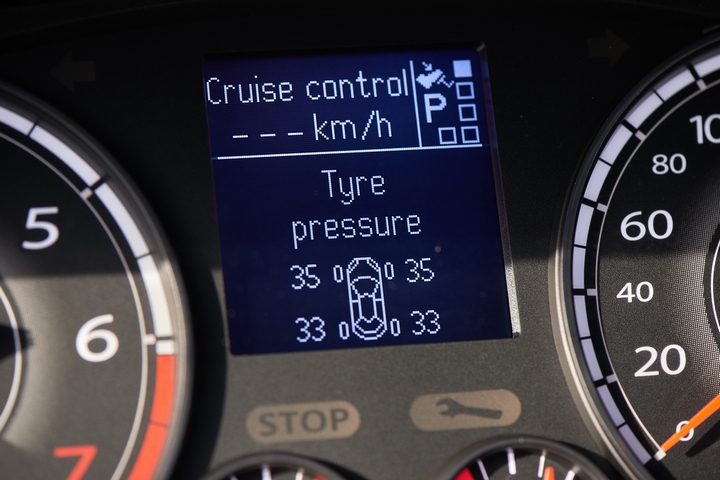
Besides the tread depth and sidewalls, the tire pressure also contributes to the health of your tires. The Tire Pressure Monitor System (TPMS) provides another way to know if you need new tires. Thankfully, many cars these days come with this system pre-installed. Working with the car’s computer, the TPMS allows you to measure the tire pressure.
If the tires don’t have adequate air pressure, the indicator light will become visible on the dashboard, meaning it’s time to change the tires. Observe the indicator to measure the required air pressure to know the state of your tires. you don’t have a TPMS installed in your vehicle, simply visit your mechanic for a routine tire pressure check. Otherwise, buy a tire gauge from the hardware store and check as frequently as possible.
5. Dot Number Validity
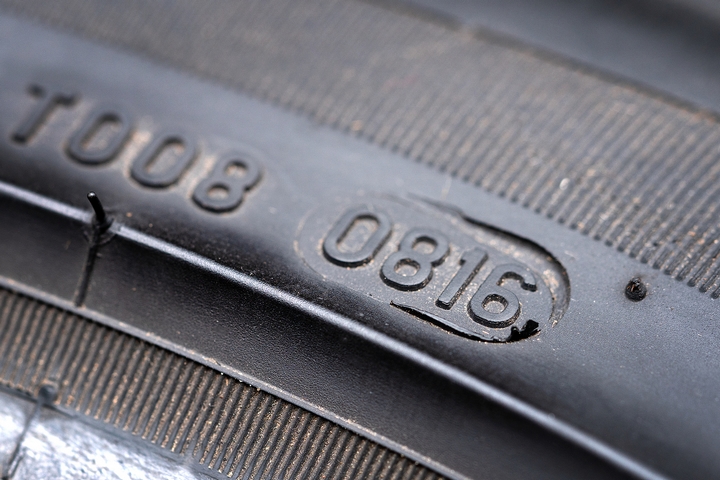
The production dates of any product can direct users to the expiration dates. How do you determine the production date of your tires? Well, if you’ve ever observed some numbers on the sidewalls of your tires, you’re on track. Known as the Dot Number, these figures contain details of the week and year the tires were manufactured.
For example, a tire with dot number 3019 has a production date of the 30th week of 2019. The farther away the year, the faster you must change your tires. Older tires are more delicate regardless of the driving frequency.
6. Presence Of Bulges And Blisters
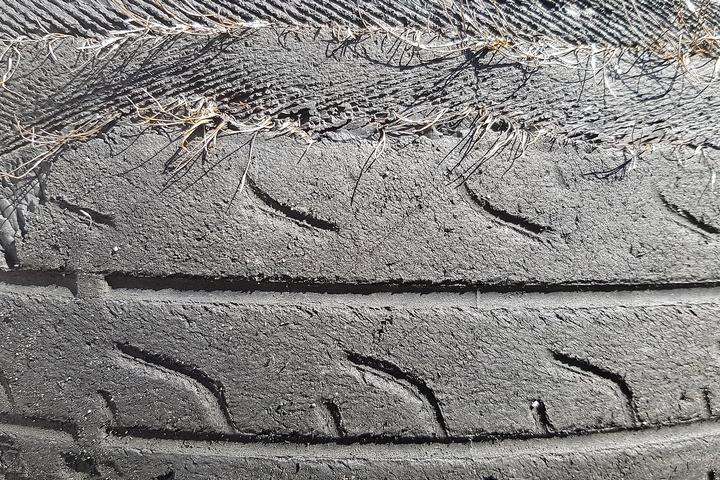
Bulges and blisters show serious internal damage to the rigid structure of the tires. As the tire weakens internally, the exterior swells and bulges. The swelling results from air pressure leaking into the surface of the tire, weakening the rubber quality. The bigger the bubble, the bigger the risk of tire blowouts while driving.
Unlike flat tires, you can’t patch or fix this bulge. Ensure to replace the tires as soon as you observe signs of swelling.
7. Tire Vibrations
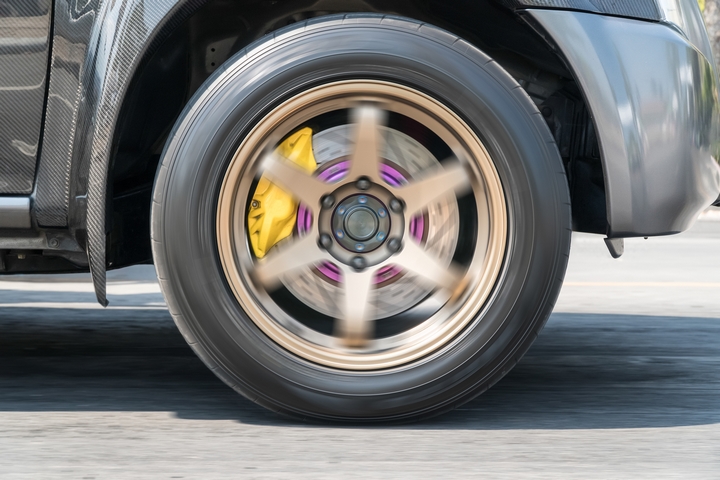
Most times, drivers credit vibrations to misalignment and unbalanced tires. However, sometimes, tire damage leads to vibrations while driving. Vibrations aren’t dangerous all the time. Tires normally tremble mildly on the road.
If you still experience vibrations after seeking misalignment issues, consult a mechanic to look at the tires for damage.



